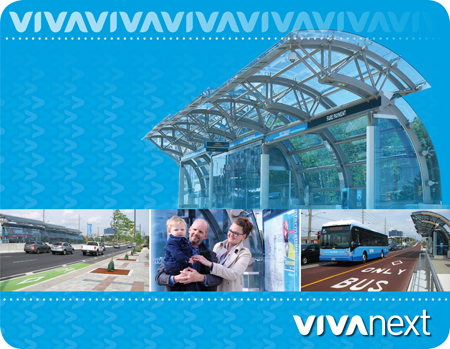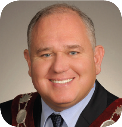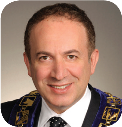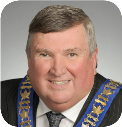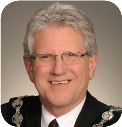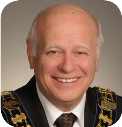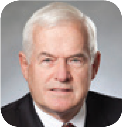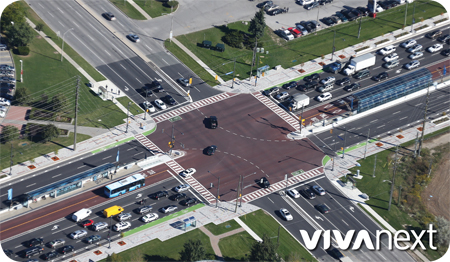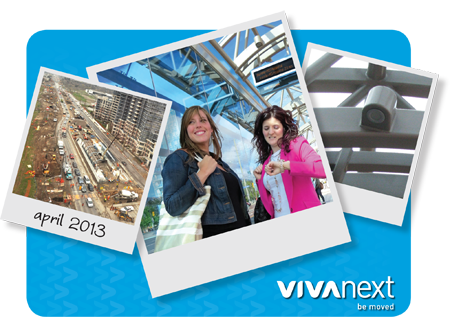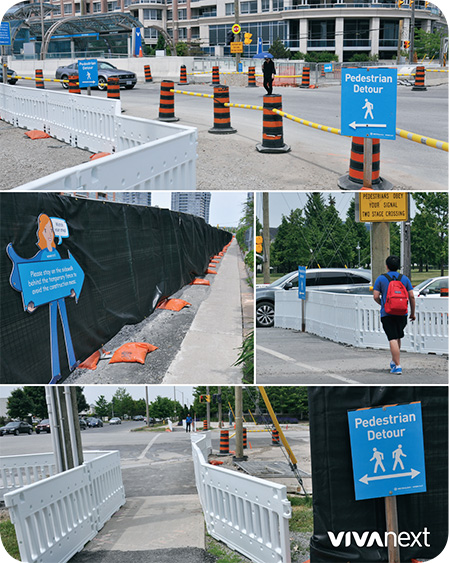For those of you who have been riding along with us on this transit journey, we are excited to update you on our award-winning rapid transit initiatives as we begin 2015 and new stages of construction. This is an exceptionally exciting time for transit in Ontario, and in York Region. Over the next five years, we will be completing $3.2 billion of infrastructure, including rapidways in Newmarket, Vaughan and Richmond Hill, a state-of-the-art Operations, Maintenance and Storage Facility and more. We remain dedicated to building transit options that complement the future of York Region, knowing that everyone shares the benefits of these successes.
How do we do it? Here’s a bit of information about the governance structure and make-up of York Region Rapid Transit Corporation [YRRTC] and how we operate to deliver vivaNext plans. First, YRRTC is a 100% share capital corporation owned by York Region. Our rapidway projects are funded by Metrolinx [an agency of the provincial government], and our facilities and terminals are funded from a combination of federal, provincial and regional government sources. Our governance structure is well established through formal documents and legal agreements between YRRTC, York Region, the provincial government, the federal government and Metrolinx. These legal documents set the framework for how we work together and list the conditions of our funding.
YRRTC reports monthly to a board of directors – seven Mayors and Regional Councillors from Markham, Richmond Hill, Newmarket and Vaughan. Once appointed, they elected a Board Chairman, Vice-Chairman, and CEO. We welcome the new and returning board members:
Through monthly reports and other regular reporting tools such as business plans and annual reports, we seek direction from the board and keep them informed of project progress. These documents can be found in our website Document Library.
It’s complex, with multiple levels of government and representatives from different municipalities, but it’s a clean mission to collectively deliver rapid transit. And together we can continue to deliver these beneficial infrastructure projects to your community and ensure all needs and issues are addressed quickly and openly.

